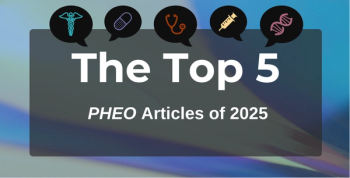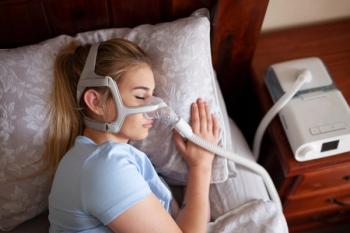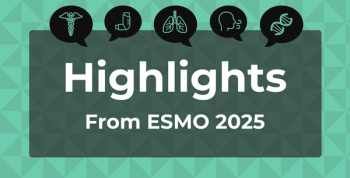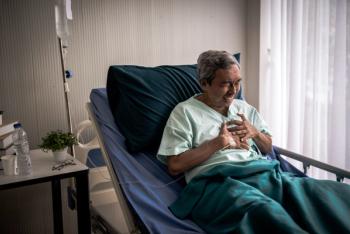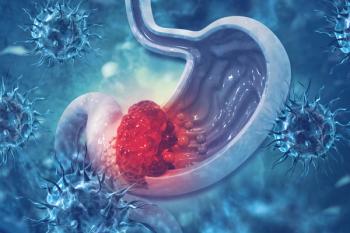
People With PAH Report Higher Symptom Burden Than Their Physicians
Key Takeaways
- PAH patients experience high disease burden and reduced quality of life, often worsened by underestimated symptoms by physicians.
- Discrepancies exist between patient-reported symptoms and physician assessments, especially in severe PAH cases.
Patients and physicians agree about which symptoms have the biggest impact on patients’ quality of life.
People with
The report, which
Corresponding author R. James White, MD, PhD, of the University of Rochester Medical Center, and colleagues, wrote that health care-related quality of life (HRQoL) is an important consideration for people with PAH, in part because many patients progress to advanced disease before their cases are diagnosed. A
Still, White and colleagues said there is relatively little published real-world evidence related to HRQoL in PAH, nor is there much research exploring potential gaps in symptom perception between patients and physicians.
White and colleagues used the Adelphi Real World PAH Disease-Specific Program, a cross-sectional survey of specialist physicians and their patients with PAH. The database includes patients in the United States, 5 European countries, and Japan. The surveys were completed in 2022. In the new report, investigators only included the 628 patients who completed a corresponding symptom report to compare with physician reports.
White and colleagues found that HRQoL scores varied from country to country but with a clear trend showing a higher World Health Organization functional class (WHO-FC) was linked with a lower quality of life.
“The results of the current real-world sample highlight the poor HRQoL for PAH patients in FC III/IV across multiple countries,” the authors noted.
When patient symptom reports were compared with physician reports, the investigators found that dyspnea upon exertion was the most commonly reported symptom for both patients and physicians (57% and 62%, respectively). Patients and physicians also agreed that dyspnea had the greatest impact on patients’ quality of life. One-third of physicians (34%) reported fatigue among their patients, while 55% of patients reported the same.
“However, there was much less agreement with most symptoms, and in most every case, physicians underestimated the presence of patient-reported symptoms,” White and colleagues found.
They noted that there was “almost no agreement” between physicians and patients in terms of the severity of patients’ symptoms.
“Patients nearly always reported more severe symptoms than physicians estimated, and there was no statistical concordance for symptom severity between patients’ report and physicians’ estimate,” the authors noted.
White and colleagues said the problem was particularly evident in patients with higher WHO-FC. Possible reasons for this, the authors posited, include a lack of time spent in the examination room and an eagerness on the part of patients to please their physicians. Regardless of the cause, though, the investigators said the problem negatively impacts patients.
“It’s self-evident that providers cannot deliver optimal treatment strategies nor best outcomes if they don’t accurately assess symptom burden in PAH, so further research must bridge this information gap,” they wrote.
The investigators cautioned that the data set was based on a patient population that was skewed toward patients with lower WHO functional classes and patients on monotherapy.
Even so, they said, the data set provides compelling evidence that physicians consistently under-estimate their patients’ symptoms. They said more work needs to be done to better bridge the gap.
References:
- White RJ, Vizza D, Klok R, Lautsch D, Harley J, Small M. Health-related quality of life and symptom concordance between patients and physicians in pulmonary arterial hypertension in the United States, Europe, and Japan. Respir Med. Published online November 18, 2024. doi:10.1016/j.rmed.2024.107869
- Lewis RA, Armstrong I, Bergbaum C, et al. EmPHasis-10 health-related quality of life score predicts outcomes in patients with idiopathic and connective tissue disease-associated pulmonary arterial hypertension: results from a UK multicentre study. Eur Respir J. 2021;57(2):2000124. doi:10.1183/13993003.00124-2020
Newsletter
Stay ahead of policy, cost, and value—subscribe to AJMC for expert insights at the intersection of clinical care and health economics.

